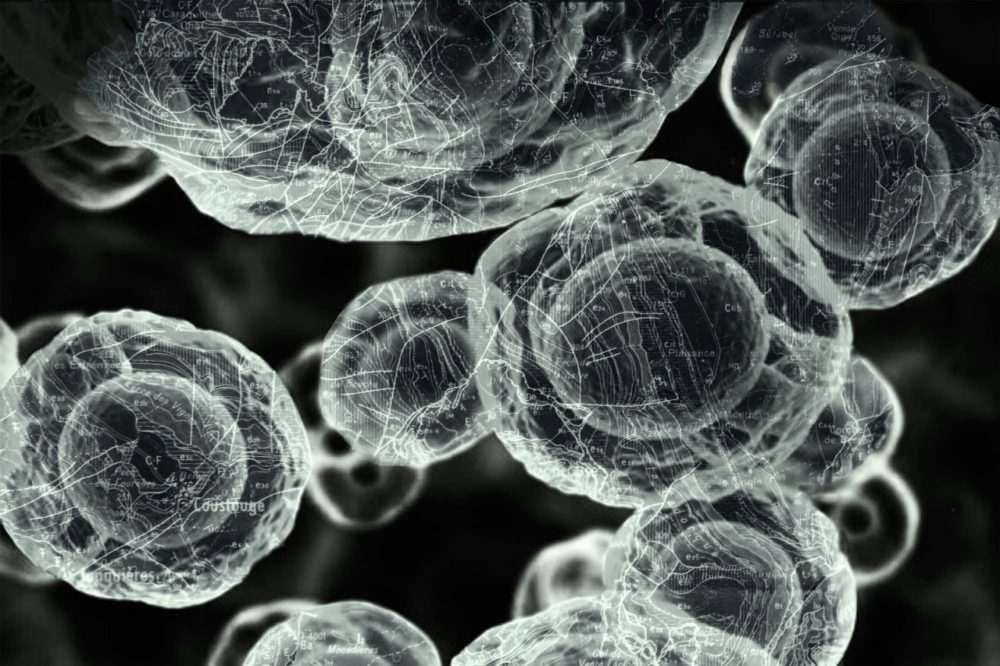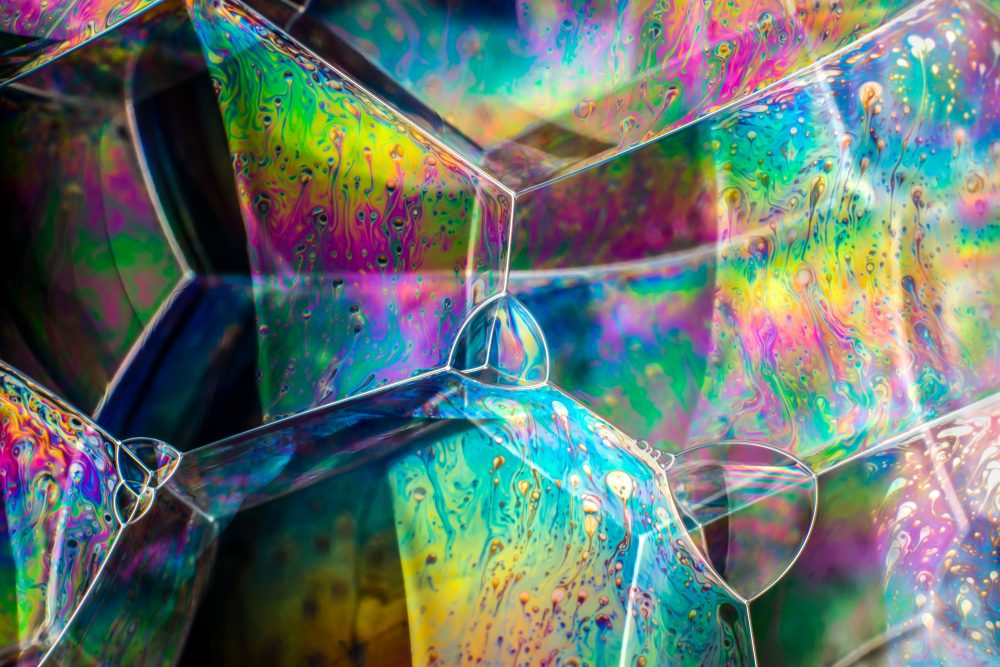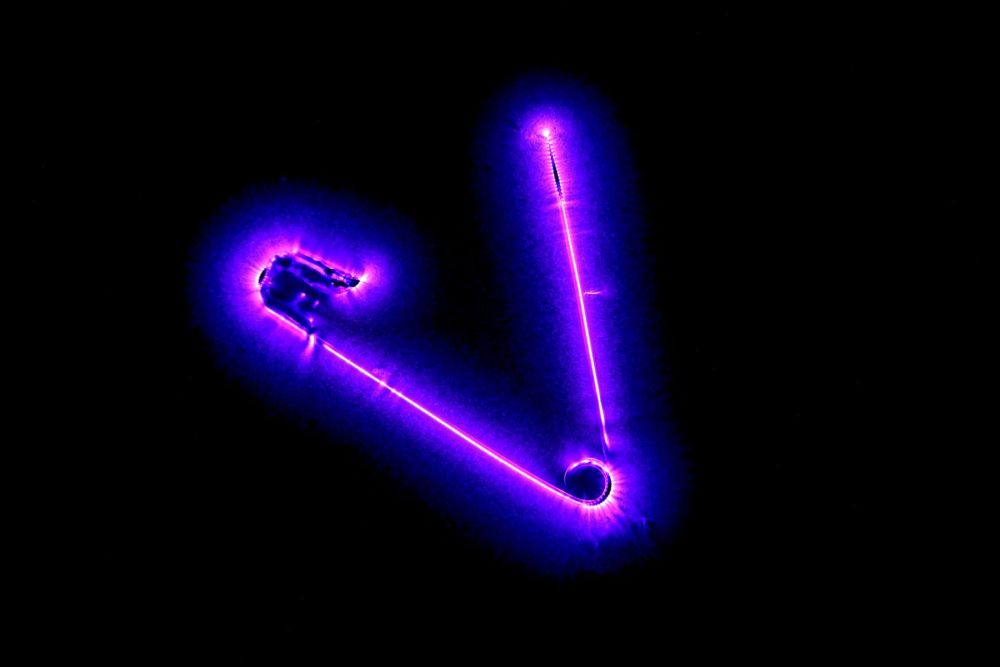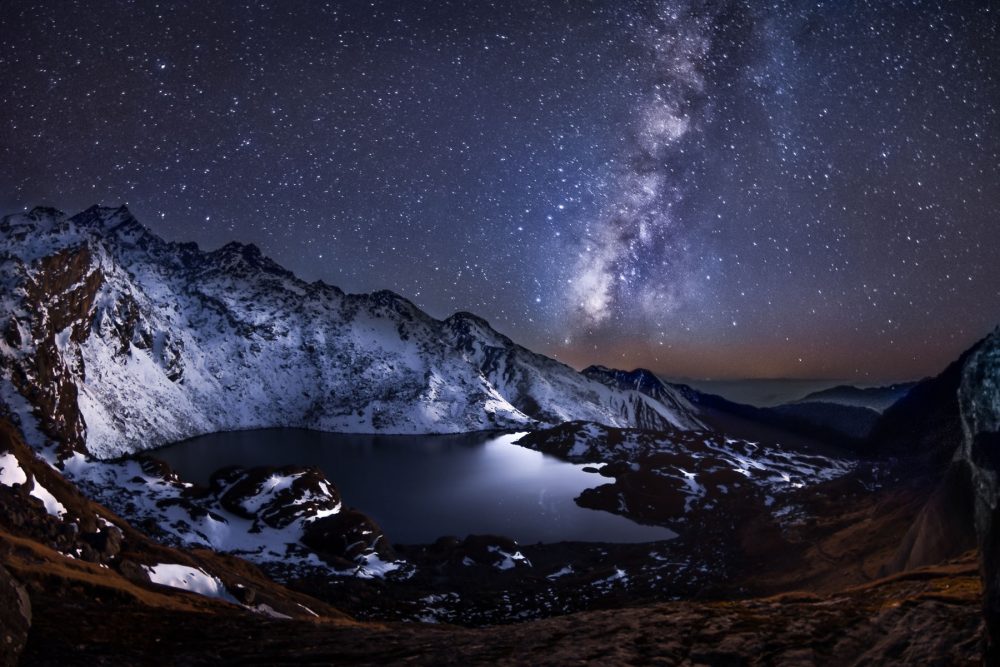The RPS Science Photographer of the Year exhibition is open until 5 January 2020. Book your free tickets here.
Since its inception, photography has bridged the worlds of art and science with images which spark and sate curiosity in equal measure.
Through images of aesthetic beauty, we can tell stories about the universe and reveal places and phenomena that the naked eye will never see.

That is why we’re delighted to be hosting the Royal Photographic Society’s Science Photographer of the Year exhibition in the Museum and, having worked on a long running science image competition, it was a thrill to help judge the entries with Gary Evans of the RPS, UCL designer-maker-engineer Zoe Laughlin, TV presenter and space expert Dallas Campbell, and Catherine Draycott, Founder of the Wellcome Image Award.
We had to sift through hundreds of entries to the competition, which was open to all ages and levels of expertise, and, after much discussion, settled on a selection of 70 splendid images that will rekindle a link between the Science Museum and the medium of photography that goes back more than 160 years.

In 1854, a few decades after the first was taken by Joseph Niépce at Saint-Loup-de-Varennes, the Photographic Society organised its first public photography exhibition in Britain and later exhibitions were shown at the South Kensington Museum, which later became the Science Museum and the Victoria and Albert Museum.
Even then there was an obvious link with science, as early pioneers of photography like Alan Archibald Campbell-Swinton and Eadweard Muybridge were driven by a desire to reveal the invisible processes and structures of our physical world.

In some of the entries, we found echoes of pioneering images that first expanded the field of vision during the nineteenth and early twentieth centuries, from the astronomically distant to microscopically small, such as Alfred Ehrhardt and Carl Strüwe’s photomicrographs that revealed the abstract beauty of microstructures.
Since the dawn of photography, the medium has benefitted from developments in chemistry to materials science. Today, the field has evolved once again. A traditional photograph is an image made from particles of light – photons – that scatter off an object and strike a photosensitive surface such as a film or a digital sensor.

Now we live in a post-photographic world; a world in which visualisations use new ways of “seeing” data and scientific phenomena, from the data streaming from satellites in low Earth orbit and staining techniques that show how a fertilized egg cleaves to a way to “feel” atoms – Atom Force Microscopy – and cryo-EM, a development of the electron microscope that can reveal the molecules of life.
Visitors to the exhibition will be taken on a scientific journey, from surprises lurking in the human body to glimpses of exotic microclimates and advanced instruments that can provide a new view of the heavens. In October, we will announce which images particularly captured the imagination of the judges from the 70 we selected.

Visit this exhibition to witness how science reveals new details of our extraordinary and many-faceted cosmos, from visual wonders to abstract images with an eerie beauty all of their own.
Turner once declared: ‘I paint what I see, not what I know to be there’. Today, science can deliver images that are sometimes more impactful and dominant than known realities.
The RPS Science Photographer of the Year exhibition will run from 7 October 2019 until 5 January 2020. Book your free tickets here.
